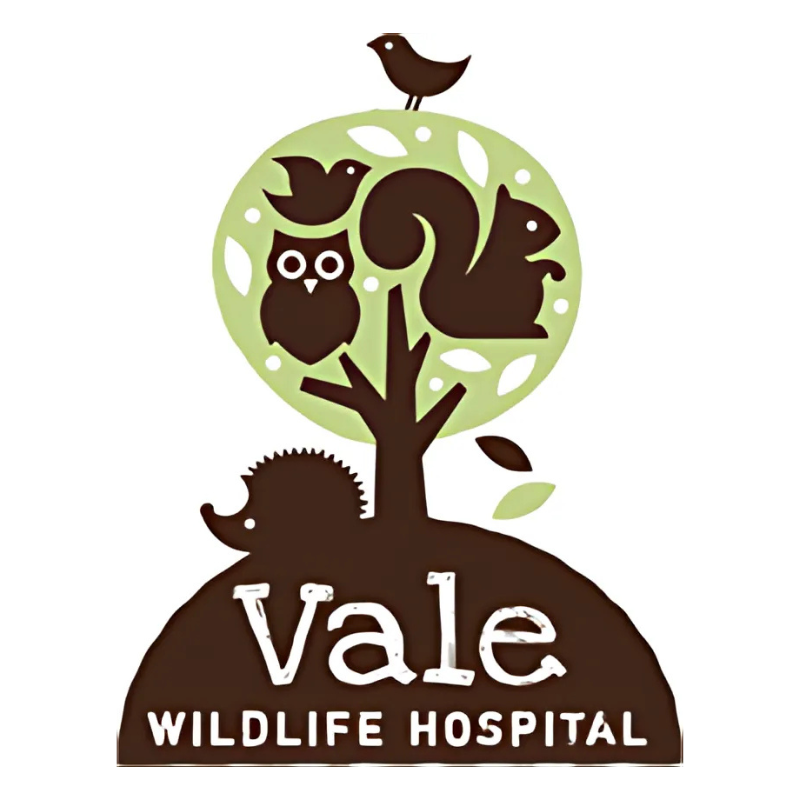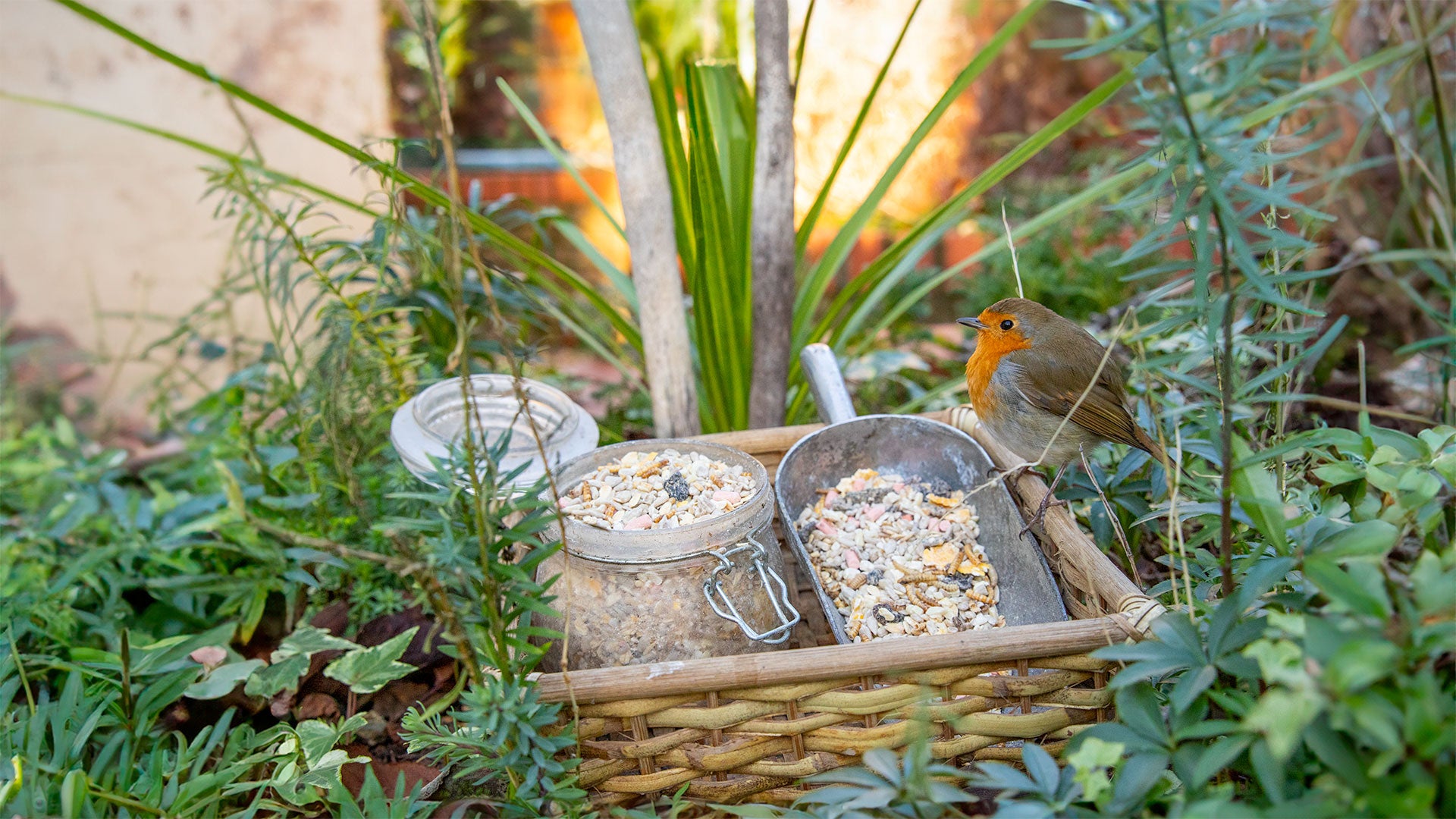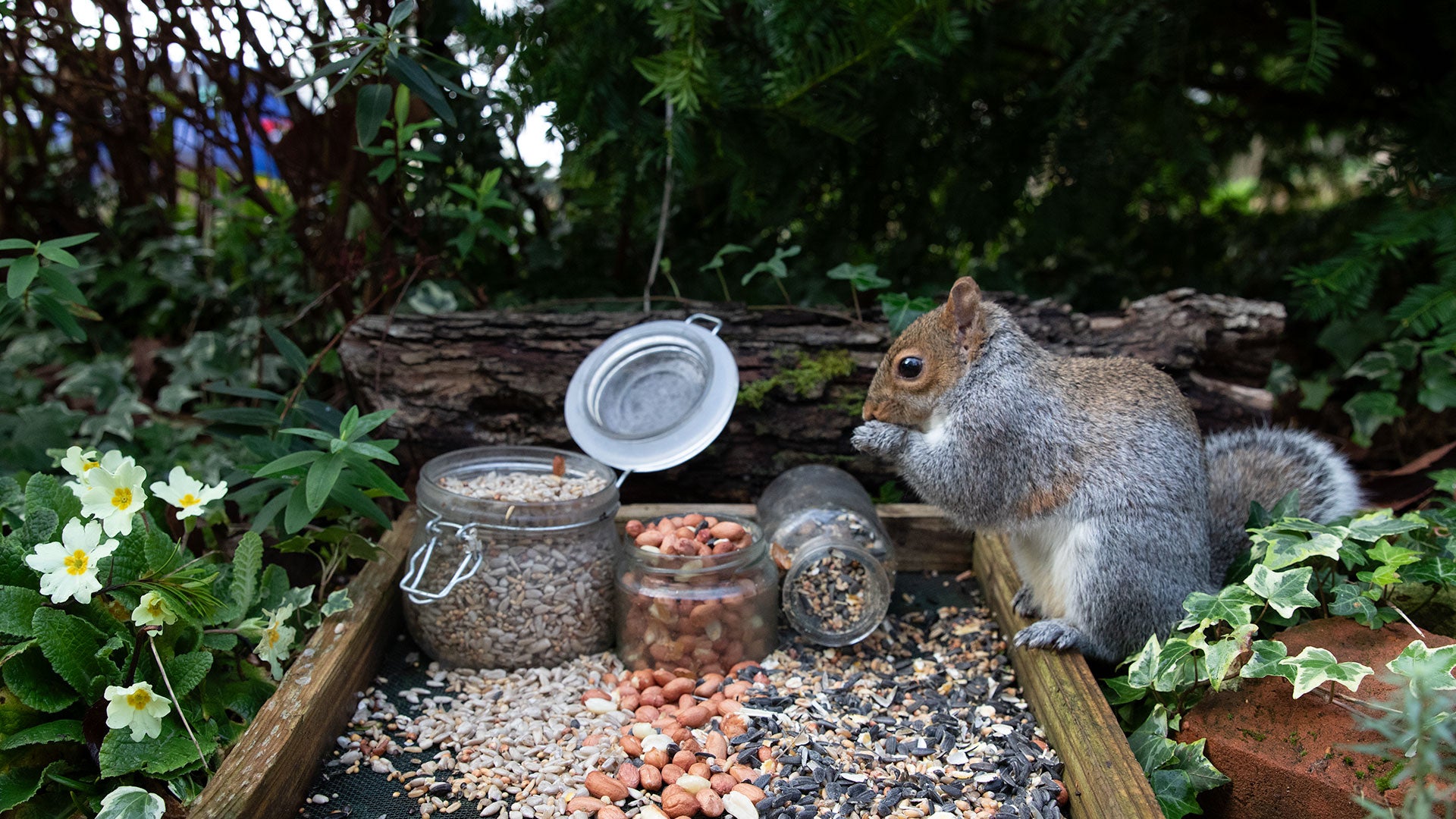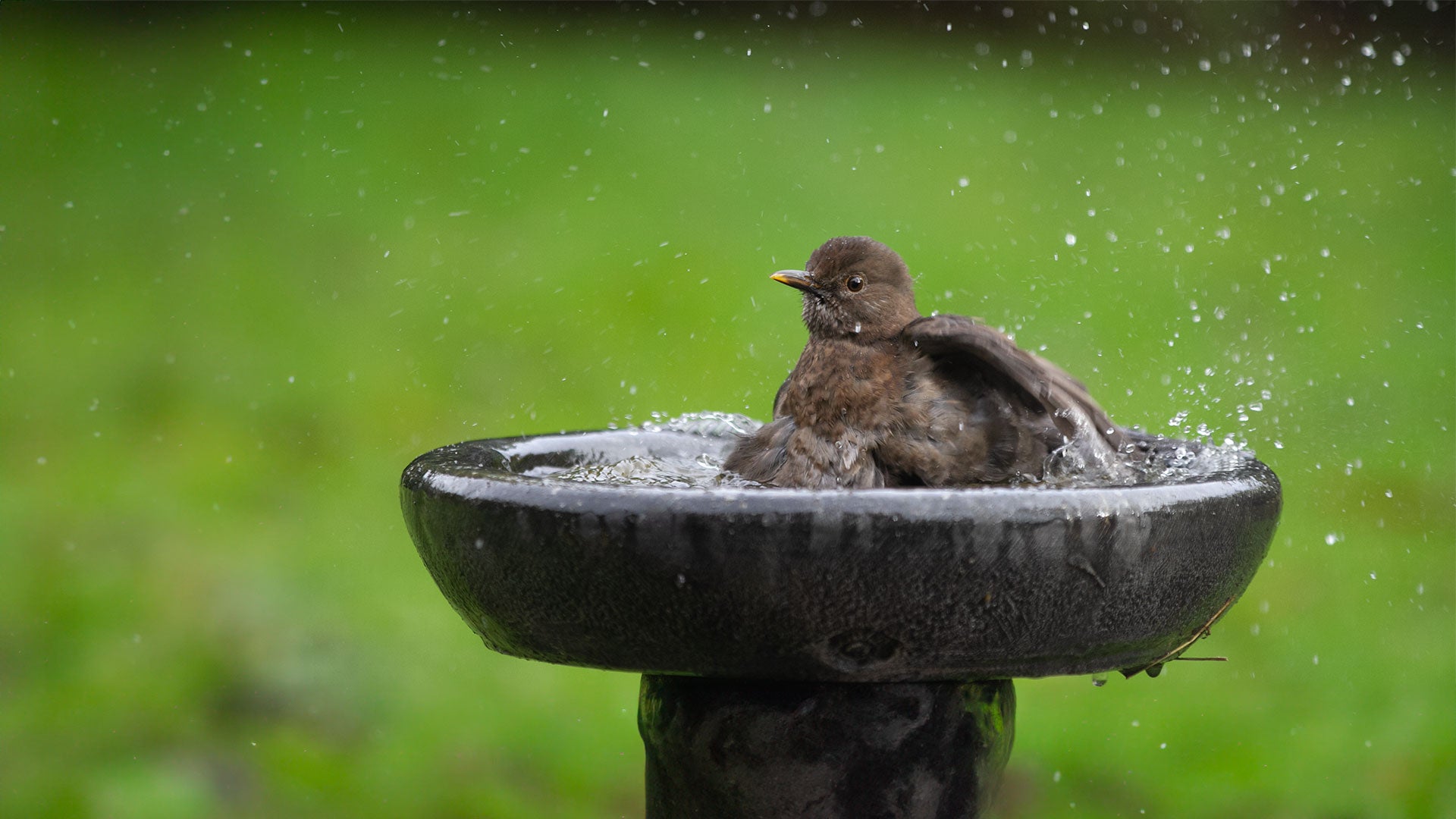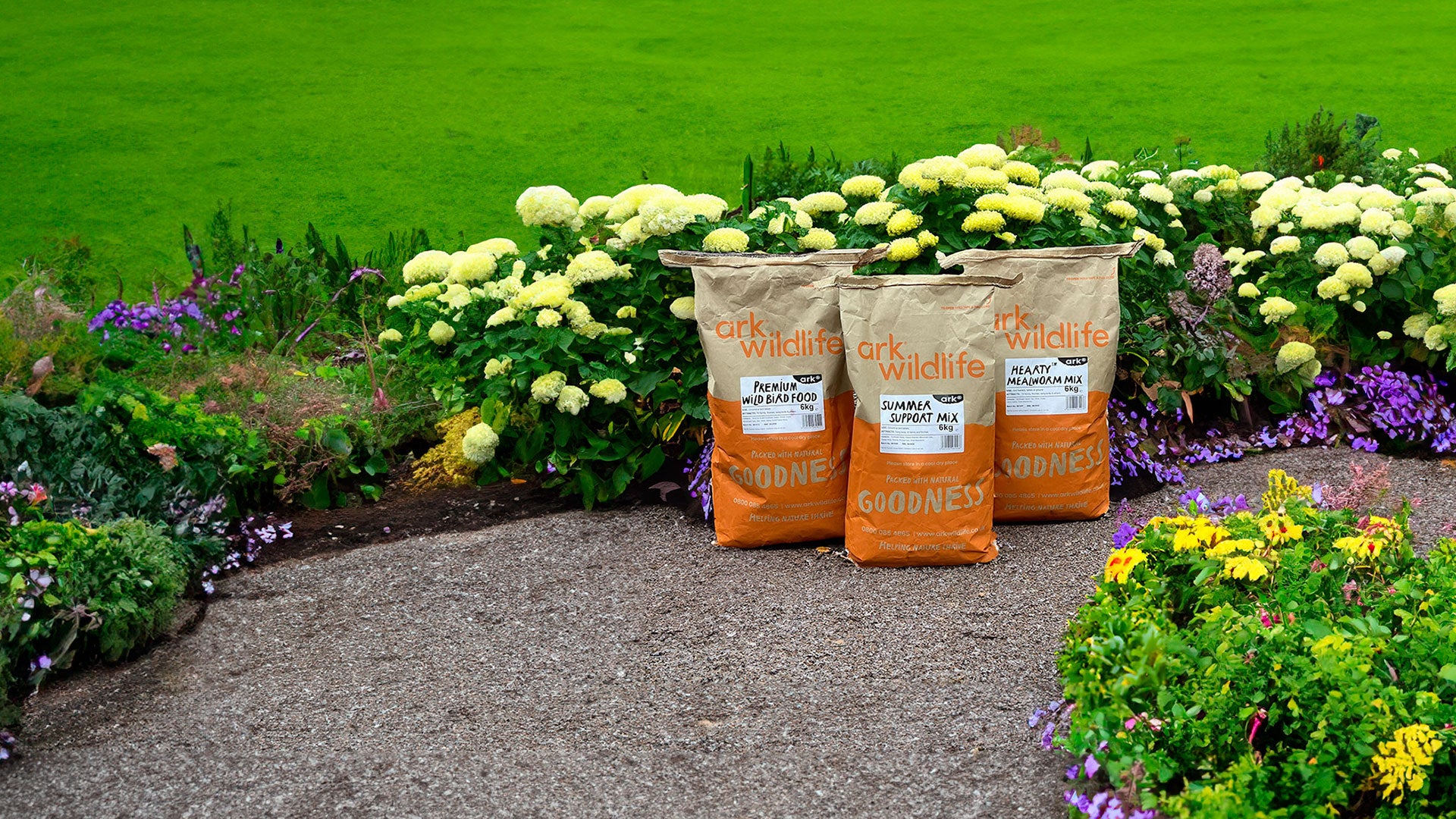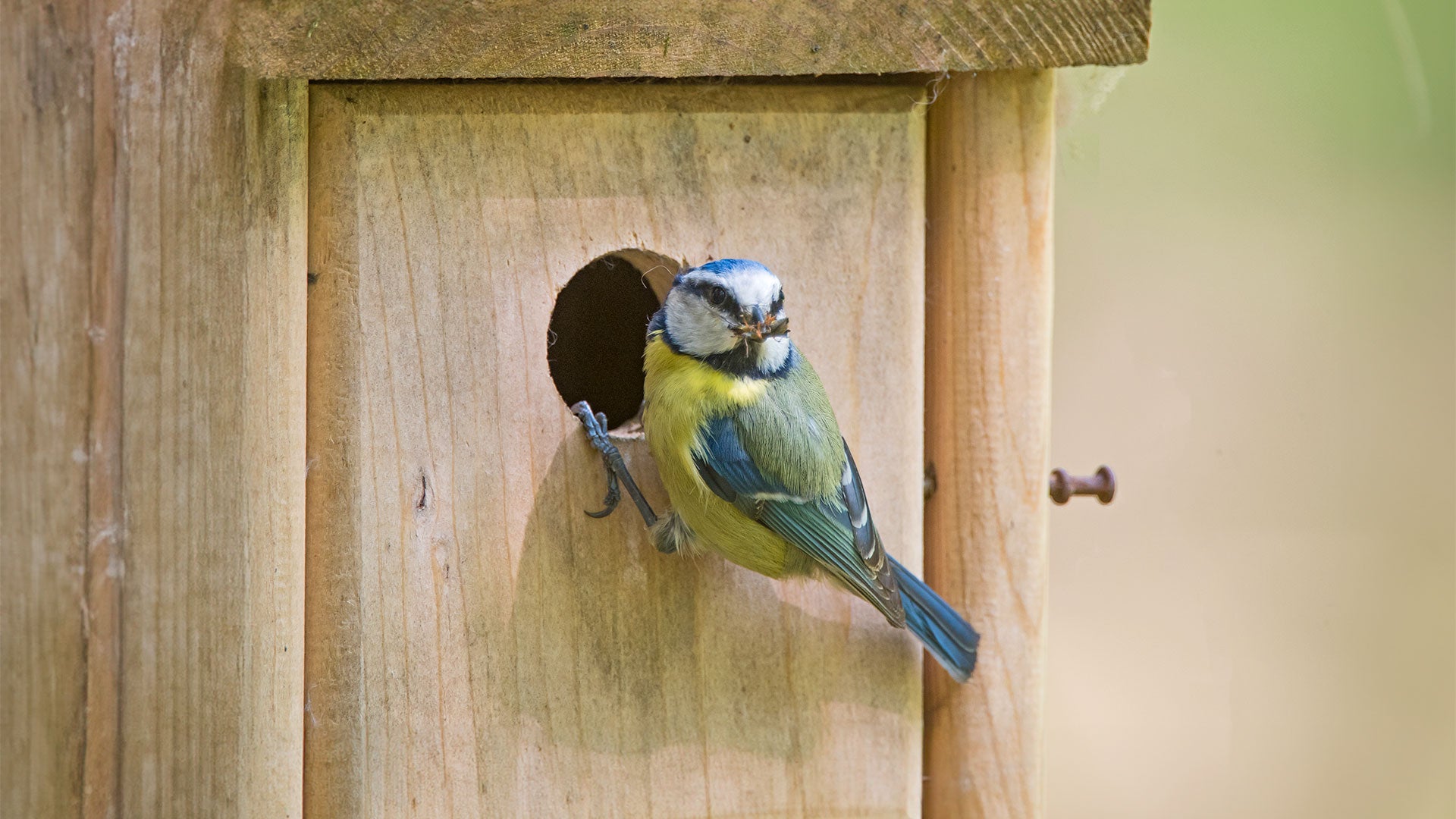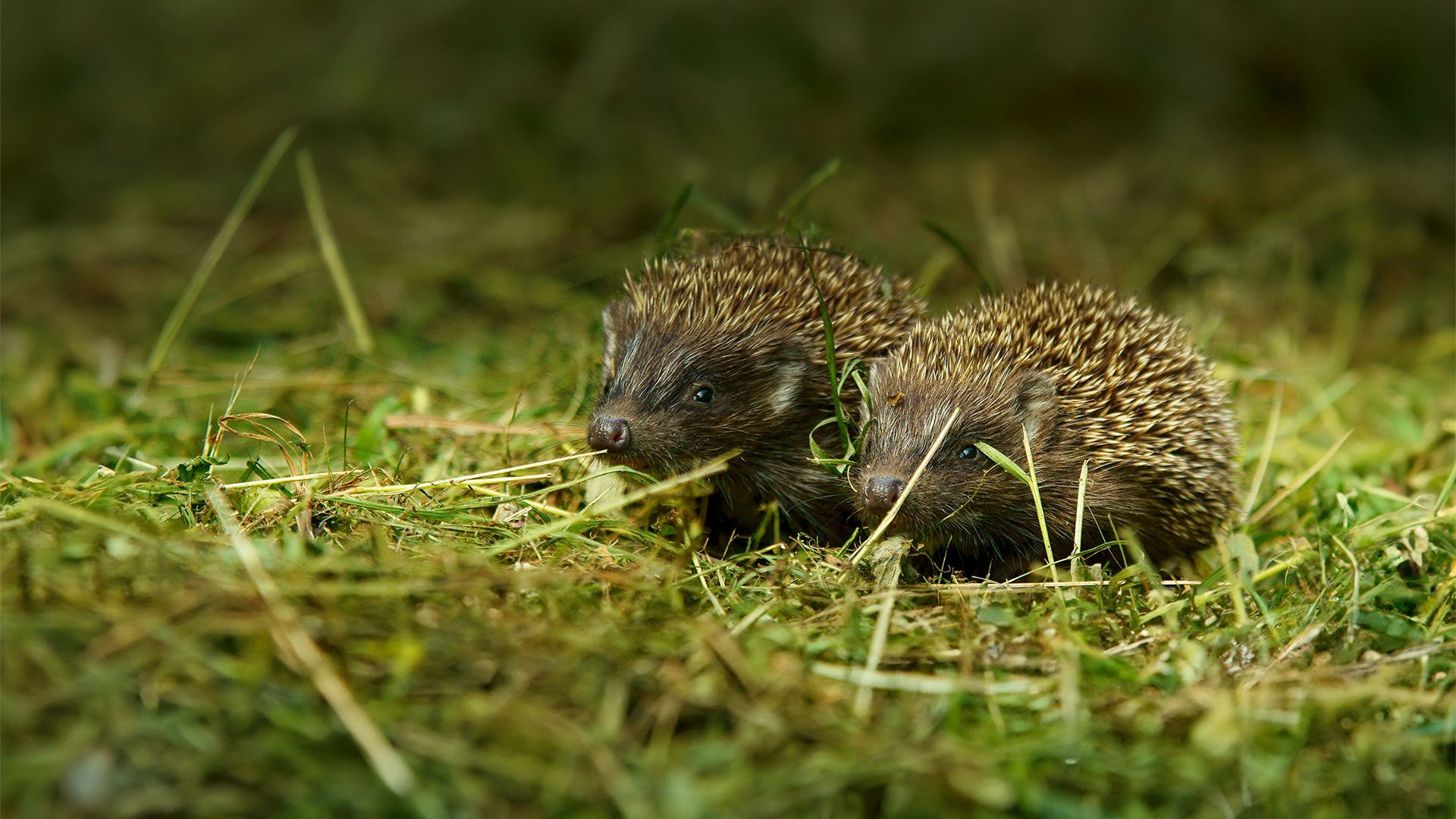Guest Blog - Author Bio
Vale Wildlife Hospital and Rehabilitation Centre is one of the busiest wildlife hospitals in the UK, treating over 7,500 casualties every year. We are available 24/7, 365 days a year. Our hospital has full veterinary facilities, employing a full-time vet to carry out the more complicated procedures that our team of trained care assistants are not able to do. We also rely on volunteers to help us look after all the patients in our care.
Feed hedgehogs safely with our simple expert tips
Vale Wildlife Hospital and Rehabilitation Centre is one of the UK’s largest specialist centres, caring for thousands of hedgehogs every year. Many arrivals are malnourished orphans or underweight autumn juveniles. The internet offers plenty of advice on what to feed hedgehogs – but unfortunately much of it is wrong. In this leaflet Vale answers your questions about what’s right for the hedgehogs that visit your garden.

What should I feed to hedgehogs?
Many foods are suitable. These include good quality meaty cat or dog food, cat complete biscuits, and the wide range of commercial hedgehog foods you can find in garden centres, pet shops and online. Your food should be a modest supplement to a hedgehog’s natural diet. Consider it a lucky find: tasty, nutritious, and helping to make best use of precious foraging time, but without altering the overall balance of a hedgehog’s diet. Regularly providing too much food – especially too much of any single ingredient – might inadvertently do more harm than good. Put out just a little each night in a shallow-sided bowl, and ensure fresh water is available, too.
Are commercial hedgehog foods suitable?
In almost all cases the answer is ‘yes’. Because they’re blended from several ingredients, they won’t significantly alter the overall balance of a hedgehog’s diet. Responsible manufacturers will ensure their recipes have a safe calcium to phosphorus ratio, with no more than two parts phosphorus to one part calcium. There’s more on this below. Check the pack or contact us if you’re in doubt. As with any food you put out, a little is enough.
What foods shouldn't I offer?

Once upon a time popular advice was to feed ‘bread & milk’. We now know this is wrong. Hedgehogs can’t digest the high lactose content of cow’s milk, and it can even be fatal.
Also be careful with ‘wet’ pet foods. While they’re OK as a supplement when natural food is scarce, remember they deteriorate more quickly than semi-moist or dry foods. They should therefore be disposed of regularly if uneaten.
Are mealworms bad for hedgehogs?

You’ll find articles on the internet claiming that mealworms are harmful for hedgehogs, being a possible cause of metabolic bone disease. This is true if they’re given in large quantities on a regular basis, particularly to growing juvenile hedgehogs whose bones are still developing.
So what’s happening? The ratio of calcium to phosphorus in mealworms is very low compared with a hedgehog’s ideal diet. This imbalance causes calcium to be pulled out of the hedgehog’s bones into the animal’s bloodstream in an attempt to ‘correct’ the balance. This in turn can eventually lead to weak and brittle bones.
Mealworms can be safe and nutritious when they form a small part of a nutritionally balanced diet. However, we don’t recommend giving them on their own.
What about peanuts and sunflower seeds?

High in energy, protein and other nutrients, nuts and sunflower seeds are safe for hedgehogs when – like mealworms – they’re part of a mixture with an acceptable calcium/phosphorus ratio overall. Again, we only recommend giving them as part of a nutritionally balanced diet.
What more can I do for hedgehogs?
The most important thing you can do is to make sure hedgehogs can come and go in your garden. Do this by cutting a small hole about 13cm square in the bottom of a fence. If your neighbours do this too, you’ll create a network of ‘hedgehog highways’, allowing them to roam freely throughout the neighbourhood.
Also, plant hedges where you can in preference to fences. As well as allowing easy access between gardens, dead leaves that accumulate beneath them provide places for hedgehogs to forage and even hibernate.
Leave any quiet corners of the garden a little wild and scruffy. Piles of leaves and logs – or perhaps a forgotten compost heap – instantly create a hedgehog friendly habitat. Offering somewhere secluded to nest and hibernate, they’re also a wonderful source of insects for food.

